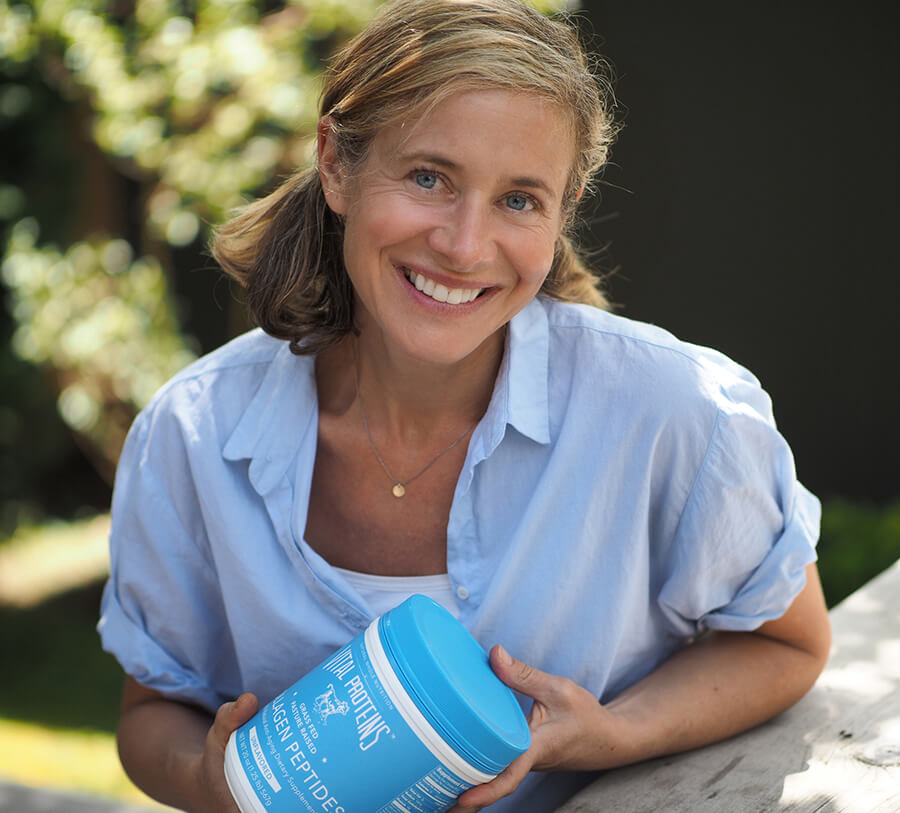New Year, New You – am I right?? It’s the perfect time to get in on one of the biggest food trends out there right now: Keto, low carb-high fat, fat adapted — there are a bunch of names for it but it essentially comes down to this: healthy whole foods such as grass-fed and wild caught proteins, tons of green veggies and fat, lots and lots of fat. It allows your body to be fat adapted – or burn fat for fuel instead of carbohydrates. It eliminates cravings, keeps you lean, helps your hormones, increases your energy and decreases inflammation. I’ve been following a low carb high fat diet also known as cyclical Keto for about 4 years. People ask me all the time, how do you do it? So I wanted to de-mystify what this diet is all about and how to practically implement it for yourself. Here are my top three steps for getting started:
1) Make a Plan
Fail to plan or plan to fail? Success eating Keto (and any way of eating) begins with a plan.
While it might seem like a little extra work upfront, doing weekly keto meal prep helps you prepare your environment for success on the ketogenic diet.
Meal prep saves you time, money, and effort, and greatly increases the chance you’ll stick to the diet.
2) How to Prep for Keto: Basic Equipment and Ingredients
These are the basics you’ll need for quick and easy keto-friendly meals.
Skillet
Having a few different sizes skillets is helpful, but at least one is a must.
To get the most for your dollar, look for a cast iron skillet that will hold up to cooking for many years. These are easy to clean and safer than using a cheap Teflon-covered pan.
Quality Chef’s Knife
Good knives are essential for any meal prep! High quality is crucial here, as low-quality knives can slip and slide, making them a potential hazard. Plus, they’re no fun to chop with.
Look for a proper chef’s knife that will allow you to chop and slice with ease.
Food Processor or Blender
Having a food processor or blender will save you tons of time and open up endless recipe possibilities.
Think cauliflower rice, homemade nut butters, keto salad dressings and shredded cheese in your food processor and keto smoothies or coffee drinks in your blender.
A food processor is generally the top choice as you can do more with it, but some people need a blender too. It ultimately depends on your needs. Ninja is a good brand for both because they offer a processor/blender set for a good price and quality.
Slow Cooker or Crockpot
A slow cooker is perfect for “setting and forgetting” your keto meals as they cook. It’s easy to throw everything in and let it work it’s magic while you do other things. If you travel often, consider a portable crockpot that lets you cook meat anywhere with electricity.
Parchment Paper
Parchment paper is great for preventing sticking when baking, whether it’s in a casserole dish or on a baking sheet. It’s also super cheap.
Glass Food Containers
These are a must for keeping meals organized once prepared. If you work away from home, containers let you break up recipes into individual servings to grab and go. Glass is better than plastic because it’s microwave safe, and keeps the harmful chemicals in plastic out of your body.
Other Helpful But Not Necessary Tools
While these options aren’t always needed for meal prepping, they can make the process easier depending on what types of recipes you like.
Immersion Blender
Immersion blenders are affordable, not bulky and perfect for beating eggs, blending broth, making side dishes or sauces, whipping cream and more. I use it daily for my bulletproof coffee – blending it straight in the mug. Pro tip: fill your mug half way with coffee and fats, then whiz with immersion blender. If you fill it with coffee it will spray everywhere – not what you want pre-coffee! I also use it for making homemade mayonnaise very quickly.
Vegetable Spiralizer
While not necessary, this can save you a ton of money if you love veggie “pasta,” like zucchini noodles. It can help you eat more low-carb vegetables too!
3) Keto Pantry Staples –
The ketogenic diet is not healthy if you don’t eat healthy on the diet. So shop for whole, real foods. A good rule of thumb is to shop the perimeter of the grocery store, because that’s where the real, whole foods are concentrated. Here is a list of pantry staples for supporting your keto diet:
Nuts and seeds
Nut butters
MCT oil powder
Sugar-free spices like:
Salt and pepper
Thyme
Oregano
Parsley
Garlic (powder or garlic cloves)
Celery salt
Red pepper flakes
Cinnamon
Pumpkin pie spice
Dijon or yellow mustard
Coconut flour
Almond flour
Baking soda and baking powder
Vanilla extract
Avocado oil
Coconut oil
Red wine vinegar
Keto sweeteners like Swerve, stevia, erythritol, Truvia or monk fruit
Cocoa powder
Fridge or Freezer Staples
Butter (preferably grass-fed)
Eggs (preferably free-range and pastured)
Cheeses of your choice
Ground beef (preferably grass-fed — see our Grass-Fed Beef Guide)
Sour cream or plain, unsweetened yogurt
Heavy cream or full-fat coconut milk
Cream cheese
Hot sauce
Mayonnaise
Coconut aminos
I’ve developed the Get Fat Adapted Protocol for helping people make the switch to burning fat for fuel and using a low carb high fat diet to lean out, feel and look better. Get in touch if you’d like to learn more at jill@nourishme.ca!

Jill Schmelke
Registered Holistic Nutritionist
Jill is a Vancouver-based mom, health researcher (MJ) and Holistic Nutritionist. Her passion is optimizing health and aging thru diet, supplements and lifestyle choices. Her goal is to share her knowledge and help others. Jill works with groups and on a one to one basis with clients.


